The initial objective of the D4/R7 freeway was to relieve the capital of the Slovak Republic of the increasingly heavy traffic that was causing numerous traffic jams and paralyzing daily life in the city. In order to successfully complete this freeway, it was necessary to cross part of an area southeast of Bratislava that is heavily influenced by the flow of the Danube. This area is highly protected by the Natura 2000 Network (European ecological network of biodiversity conservation areas).
Repeated human action on the Danube has affected the flow of the river, as most of the river channels it possessed had been destroyed. As a result, the main flow was reduced to a fast and narrow direction, the alluvial forest decreased and many animals lost their habitat or were hunted to extinction, among others, the Eurasian beaver (Castor fiber).
A ten-thousand-year-old ecosystem
The channels of the Danube River were formed by periodic flooding (resulting from rainfall and alpine snowmelt) over the last ten thousand years. This created a vast system of dead river channels disconnected from the main channel, swamps and floodplains that became rich in minerals, gravel sediments and fertile soil. This natural phenomenon is caused by the movement of water and occurs by the deposition of soil on the banks of the Danube alluvium: a rich area where numerous endemic species of flora and fauna settled.
The D4/R7 project required a large bridge over the Danube to connect the most used entry points to Bratislava County, with the risk of crossing Natura 2000 protected areas and alluvial forest. The bridge was placed in the areas of least impact, crossing the 1-2 protected areas and leaving the 3-5 protected areas harmless. In addition, the path that required the least amount of tree felling was established and crossing through agricultural land was prioritized to avoid forestry land.
Harmonizing the construction of the bridge with the local avifauna was one of the great challenges of the project. In the Slovak Republic, among many other birds, nest the remaining 5-10 pairs of white-tailed eagles (Haliaeetus albicilla), an extremely protected predator that is very sensitive to acoustic disturbances and human presence in general. In collaboration with the State Nature Conservancy, Ferrovial monitored the presence and nesting periods of the white-tailed eagle to ensure minimal impact on its life. Heavier work was permitted only during the eagle’s absence and, during the nesting period, all noise-generating work was minimized and only low noise machinery was used. The bridge has an acoustic barrier along its entire length.
The original biotope of these protected areas is a soft alluvial forest, consisting mainly of white poplar (Populus alba), European alder (Alnus glutinosa) and white willow (Salix alba). To mitigate the impact of construction on terrestrial habitat, several large ecoducts over the infrastructure and many smaller drainage works were managed to allow safe passage of large and small animals under the road. Ferrovial has also provided temporary shelters in the form of sand walls for protected bird species such as the European bee-eater (Merops apiaster), and there is strong cooperation with the authorities regarding the monitoring of protected endemic flowers such as the buttercup (Ranunculus lateriflorus) and several species of orchids.
Compensatory measures
A total of nine compensatory measures, each with different purposes, have been designed and deployed to mitigate the impact of construction on the environment thanks to close collaboration between Ferrovial, the competent authorities and non-governmental organizations. Eight of the compensatory measures are located in the vicinity of Bratislava and near the future D4 highway, while the last one is located in the Slovakian alluvium south of the Danube, close to the Hungarian borders. In the Bratislava Bypass project, the priority has been to restore forest or grassland ecosystems in areas heavily influenced by human industry and agriculture to their original natural state.
To safeguard aquatic life, an artificial channel connected to the old Biskupice channel were built, opening many passable corridors that allow the migration of fish, newts and other aquatic organisms. Probably the most important and impressive of the compensatory measures is the renewal of the flow of the Biskupice canal. A complicated project that makes it possible to restore the flow of the dead Danube canals to their original state, as the water returns aquatic life and vegetation to their banks.
A sustainable infrastructure
The environmental compensatory measures developed during the construction of the bypass will have a positive impact on the microclimate of the area surrounding Bratislava. They will significantly improve the biodiversity of flora and fauna and protect the locality against salinization, deforestation and desertification. This construction project has a positive impact on the environment in general and will prove to be a significant long-term advantage in the fight against climate change as it will improve the mobility of the entire city.
The D4/R7 project comprises a total of 59 kilometers, consisting of a new ring road with two and three lanes in each direction south of Bratislava (D4) and a dual carriageway (R7) with two lanes in each direction from the city center to the southeast. The entire project is scheduled for completion in the second half of 2021 and the concession for the infrastructure is for 30 years.
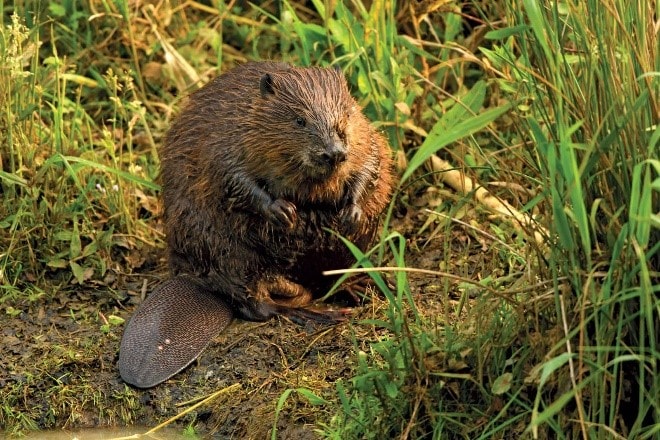
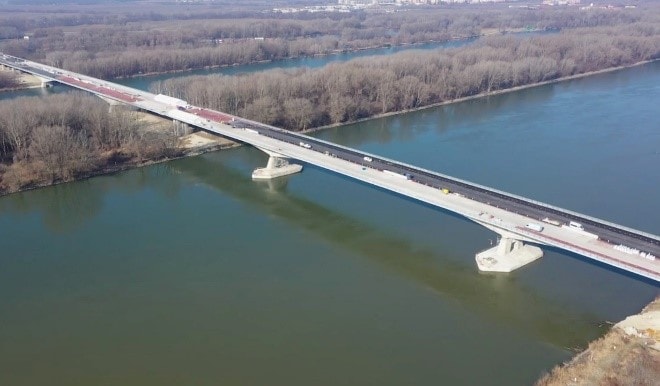

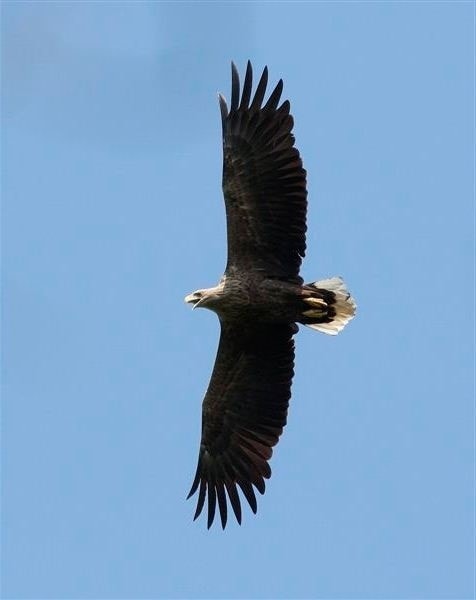
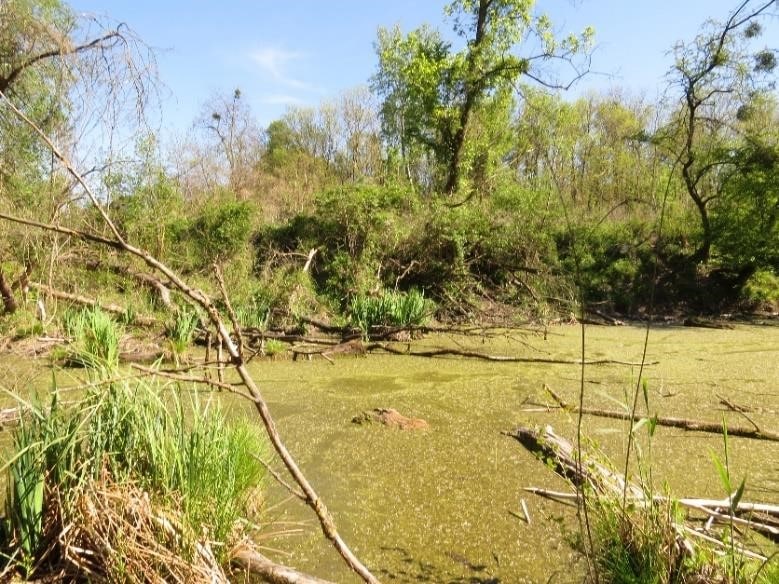
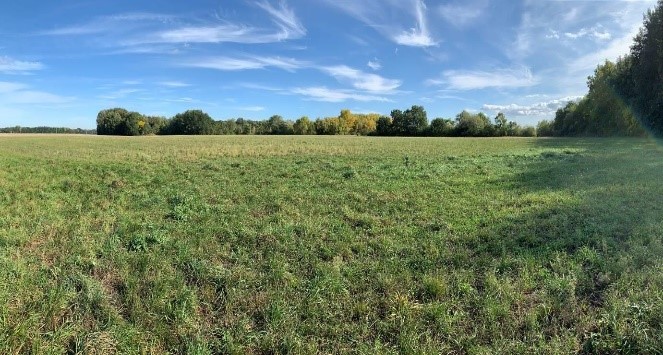
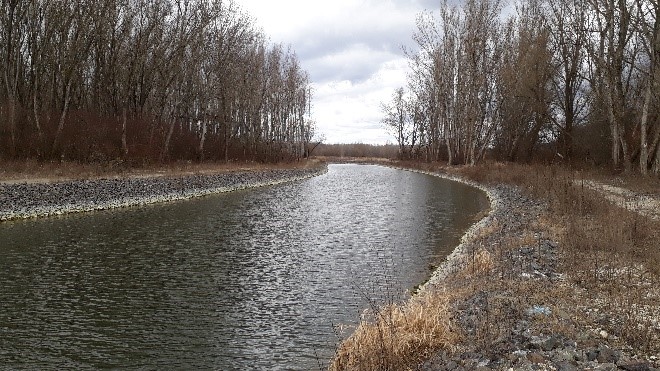
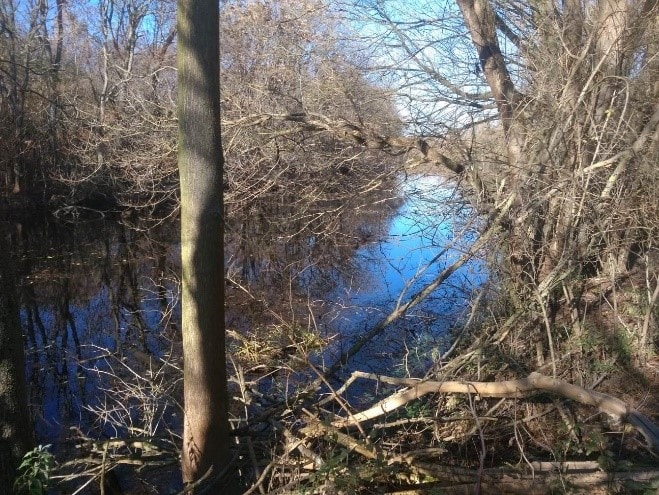
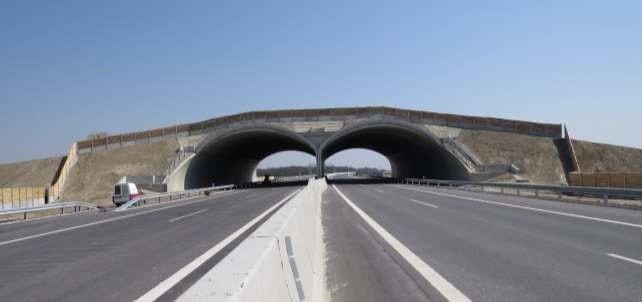
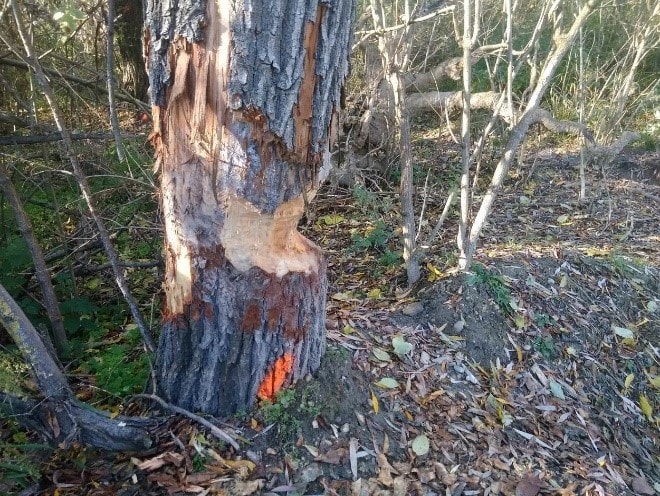
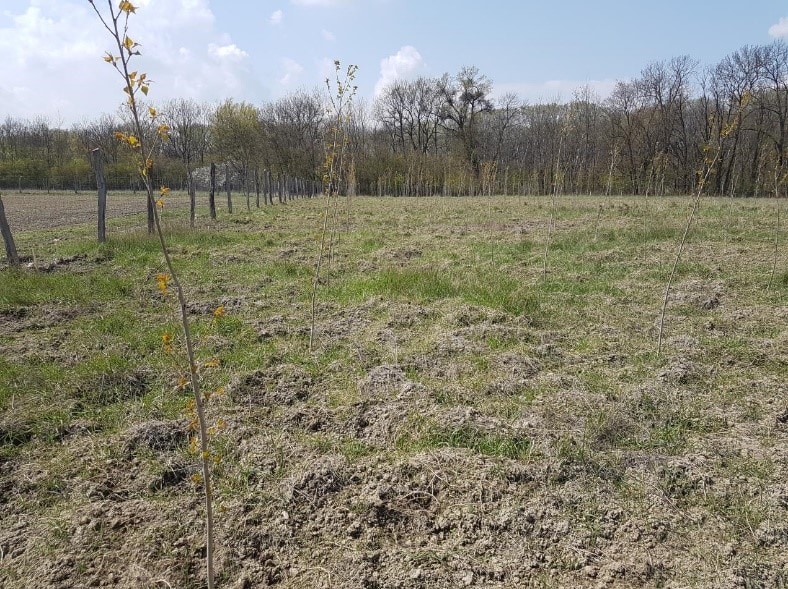
Medidas compensatorias D4-R7







